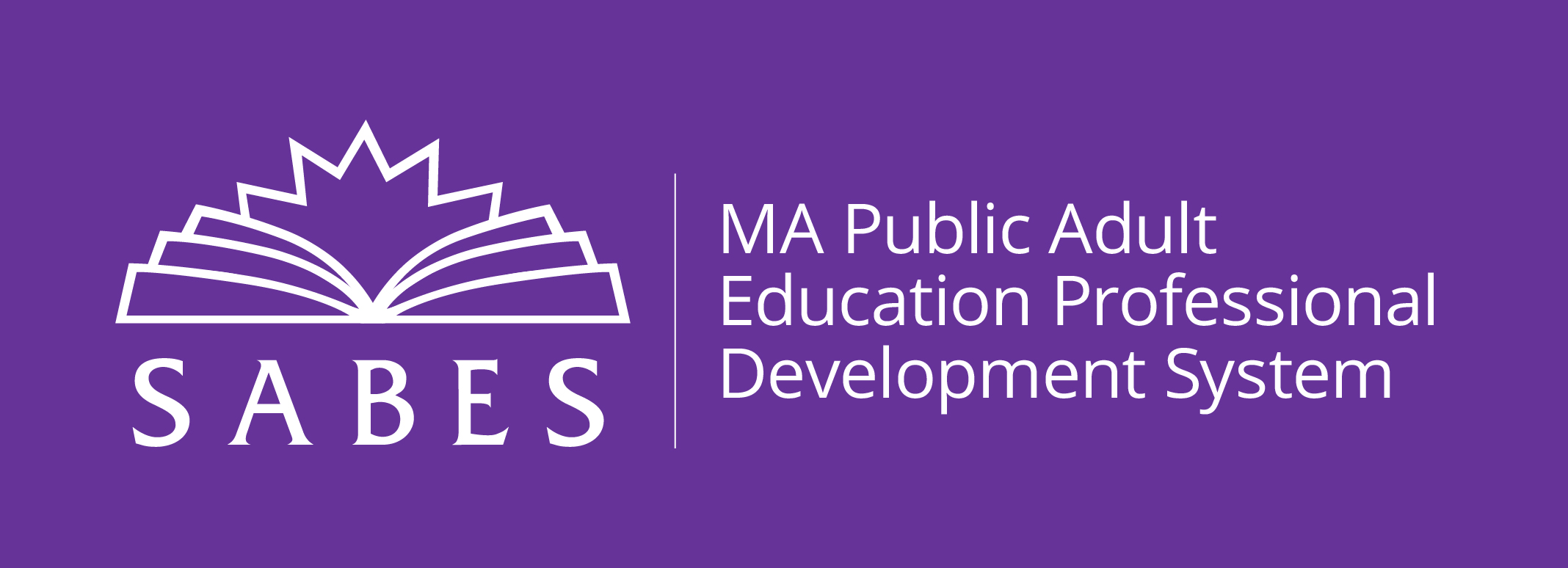
Imagine that you are facing an ELA class in which you think that most of your students might have some combination of learning challenges, differences, difficulties, or disabilities, whether officially documented or not. (You probably don't need to imagine this—you've likely faced this very situation.) What are some sound LD principles to build your class on, to try to meet the needs of all your students? What PD could you take to learn or reinforce what you need to know?
Not surprisingly, research over the past several years has found that sound principles of LD instruction work for general populations of students, and that promising practices of Evidence-based Reading Instruction (EBRI) and evidence-based writing instruction are also good practices for LD students:
- Diagnose where your students are in their progress.
- Use the diagnostic assessment results to shape instruction.
- Use direct and explicit strategy instruction, which includes modeling, multiple guided practice, and gradual release of responsibility.
- Engage the learners.
- Choose relevant topics and instruction.
- Monitor and adjust as necessary (formative assessment).
Learn specific reading and writing applications of these practices through our various PD offerings.
In addition, this spring we are coordinating with the Math and ESOL C&I PD Centers to offer an Introduction to Learning Disabilities in Adults (Online): register for February or March.
This will be followed by a unique one-day PD opportunity to learn from Landmark College's Institute for Research and Training: Responding to the Needs of All Adult Learners for Literacy Instruction (Worcester/Blended), on March 28th.
In this blended Landmark PD opportunity, explore the impact that LD and other learning differences have on adult learners and the legal framework for providing accommodations. Explore Universal Design for Learning (UDL) as a means for removing barriers to learning for adults with and without disabilities. Examine the crucial role of executive function to literacy development and apply this understanding to the design of instruction that aligns with the CCRSAE, evidence-based literacy instruction, and the principles of UDL. Practice integrating UDL elements into instructional planning and acquire a set of tools to apply UDL principles to teaching. Register now!


